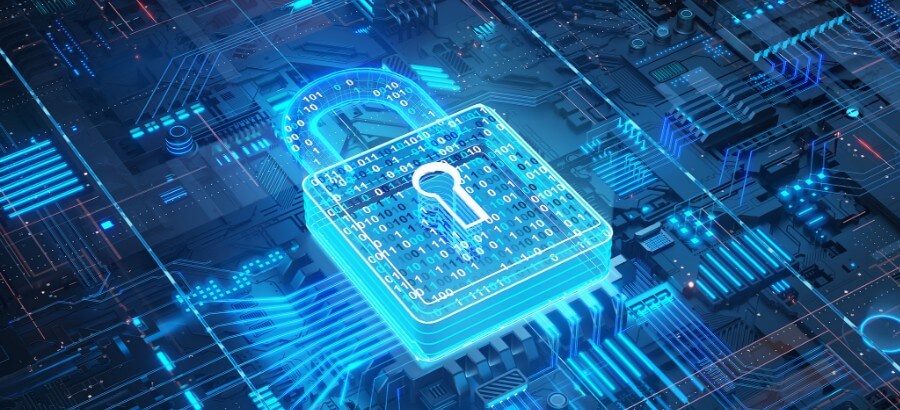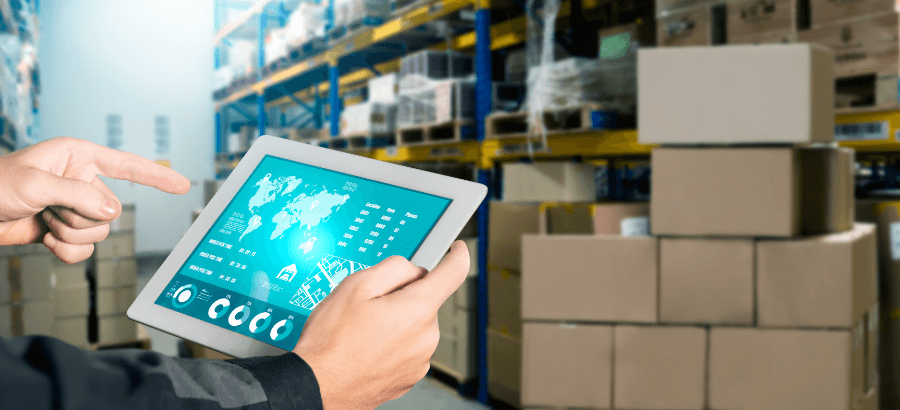On the 29th July 2015 Microsoft released Windows 10. Within 4 weeks of the release date 75 million machines across the world had been upgraded by people wanting to take full advantage of the latest, free Microsoft Operating System. Years ago, a software deployment of this scale and magnitude would be extremely rare and would have been seen as a very high risk and one that, if not done correctly, could render millions of devices useless and ruin the reputation of the software authors themselves. I am sure a lot of people remember Windows Vista, Millennium and the blue screens of death …
So why did Microsoft choose to deploy their latest operating system in this way. And how did they get it so right?
Testing
Before Microsoft released the product to market they were very careful to embark on a release candidate program that allowed them to utilize beta testers to obtain feedback on the early builds on all deployable platforms. This ensured that the final product released was stable, feature rich and as bug free as possible.
Listening
With this release, Microsoft ensured that the results from the beta testing were digested and corrective action was taken to make sure that the product was capable of delivering precisely what the market expected. They also listened intently to feedback from users of the earlier versions of Windows which were perceived to have certain features missing (The Start Menu), or had features that were memory and disk intensive (Windows Media Centre). They also chose to stick with this operating system for the foreseeable future and only supply critical updates to it rather than create more operating systems.
Technology
Because Microsoft made the release size relatively small and packaged it in the Microsoft Update service it can automatically filter down to all Windows 7 and 8 devices. A few years ago, the global IT infrastructure would not have been deemed reliable or broad enough to cope with a sizable operating system download, but these days a 3 gigabyte download is seen as relatively modest. Some end users and internet service providers were annoyed at Microsoft for allowing the update to automatically download, but seeing as disk space is no longer as expensive as it used to be, I can’t really see that being a cause for concern.
Persistence
Amazingly, once the Windows 10 download is completed and the simple wizard-driven process is followed, all of the system settings, installed programs and user files that were in place in the prior operating system remain completely untouched and in working order. This, in the context of operating system updates, is almost unheard of and historically you had no choice but to start with a clean build and restore from a backup. Not this time!
Cost
They made it free for 12 months. Everyone loves free, don’t they? Just as long as the pain associated with using it doesn’t outweigh the perceived benefit. In this instance, a lot of users have received a sleeker, modern and future ready OS for nothing. Some say that it will be subsidized in future by subscriptions to Microsoft software services. But, according to analysts, this will be the nature of all future software services.
Standardisation
As a result of the technology advances that have contributed to allowing almost all mobile devices to run a full Operating System, it is so much easier to standardize the software offering. This helps reduce the user education required. For example, once someone has used a tablet running Windows 10 they should be able to use a desktop or phone in exactly the same manner. This helps keep users onboard with the software and less likely to move to another solution provider.
Timing
Today’s connected world is all about the availability and usefulness of ‘Apps’. This method of software deployment is exactly how people expect to have their software deployed. They want to click a product, be prompted to confirm the install, select yes and have the application immediately available.
Strategically, Microsoft is aware of the increasing change in personal computing habits. Most infants over the age of two have held a mobile phone or played apps on a tablet. These are future users. They will use touch, gestures and be pushed relevant information from artificial intelligence courtesy of machine learning and ‘internet of things’ enabled devices, whilst using the space around them to create solutions using HoloLens. The Microsoft Windows 10 rollout is the start of that next chapter in device software that will help to support Industry 4.0.
For me, a lot of what SYSPRO does day-to-day reflects the same measured thought process that Microsoft put into Windows 10. This allows us all in the SYSPRO community to benefit from the same level of ERP solution robustness and forward planning that makes SYSPRO 7 stable, future proof and ready for the amazing functionality found in Windows 10.








